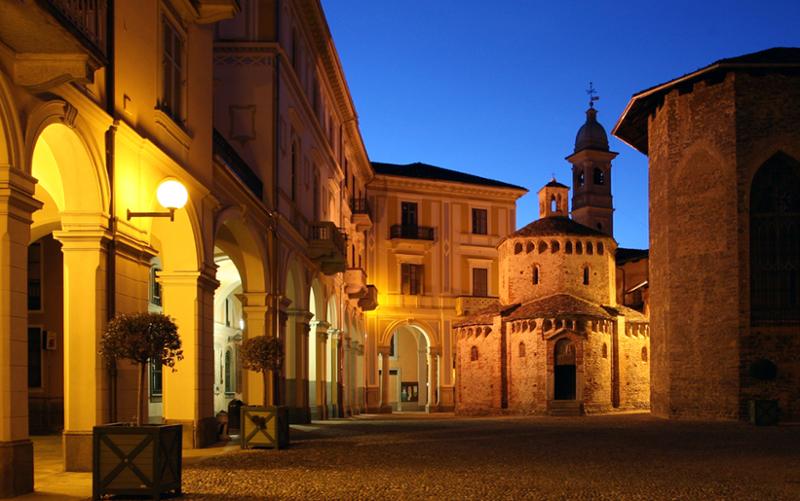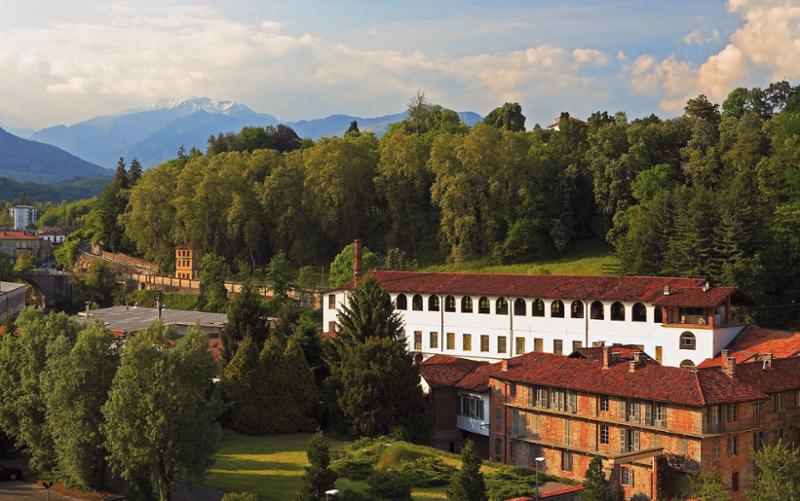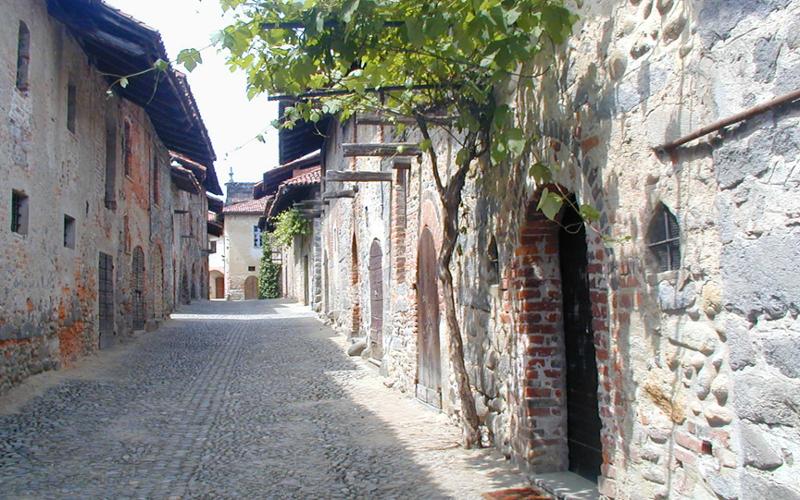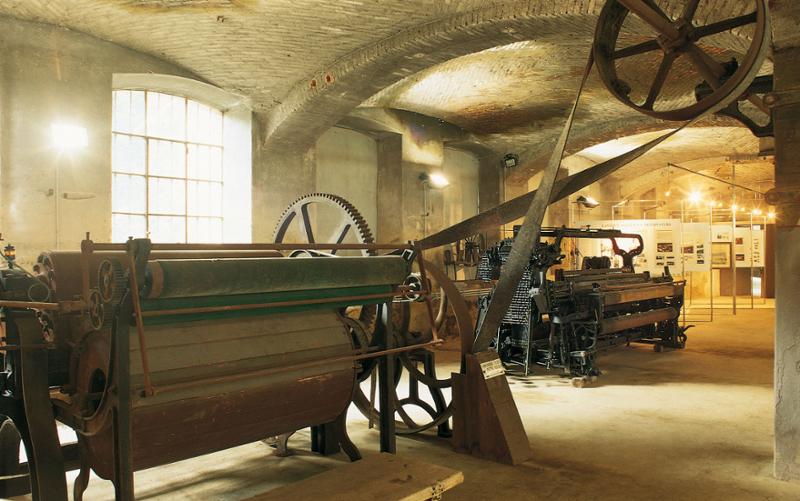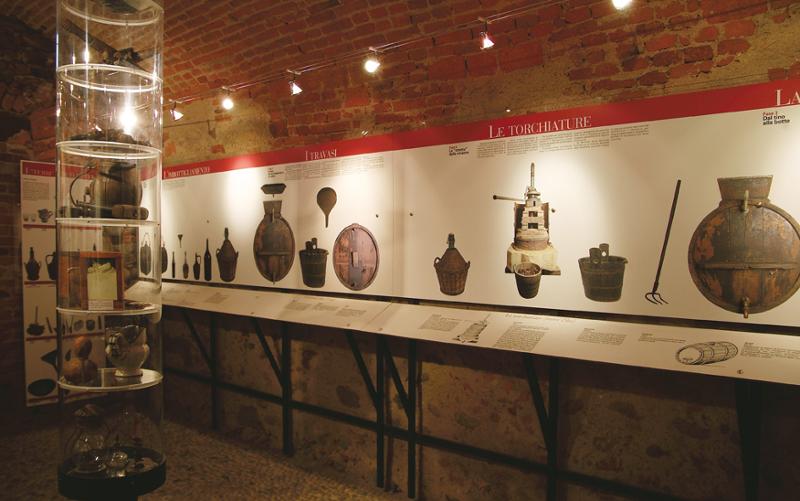The Biellese: land of art and culture, traditions and excellence
The Biella territory extends to the foothills of the Alps in northern Piedmont, with a variety of landscapes that makes it unique and surprising for every visitor who approaches it.
Biella offers a great and important heritage, in the architectural, artistic and archaeological field. From the findings of the Roman epoch preserved in the Museo del Territorio (Museum of the Biellese Territory), to the Romanesque architecture, testified by the splendid Baptistery and by the high St. Stephan bell tower. The medieval village of Piazzo, built on the top of a hill, is different from the rest of the town for its old mansions, its arcades and paved streets, along which there are the ancient doors once used to close the village.
In the plain town, there are the Basilica and the cloister of St. Sebastian. The latter is a magnificent example of the Renaissance architecture, richly frescoed inside. There also is the Baroque church of SS Trinity, facing the busy pedestrian street, not very far from the Baptistery. Along the Cervo river some imposing evidences of the 1800's industrial settlements raise, which make this place an important industrial archaeological site to discover.
The recently open Museum of the Territory represents an ideal starting point for the Biellese discovery. A visit to the collections and to the findings hosted in the museum gallery is a cue for deepening what you know about the local reality. It is worth noting, among the archaeological sites, the discovery of the suggestive goldmine of the Roman epoch in the Bessa Natural Reserve, where the high heaps of stones, wastes of the golden mining, take a unique and mysterious look.
There are many examples of the minor Romanesque architecture in the morainic hill, such as the St. Secondo Church in Magnano and the St. Maria Assunta in Netro. As evidences of the Middle Age there are the beautiful village in Masserano, once papal feud and the popular "Ricetto" of Candelo, a perfectly preserved fortified village made by its inhabitants in the XIV century.
Visiting the province of Biella you will be able to notice the capillary systems of castles, which characterised hills and plains. Nowadays most of those buildings are private.
The greatest examples of the 17th century architecture are the sanctuaries, scattered on the slopes of the mountains and linked together by long and quite streets, which offer magnificent views: the splendid complex of Oropa, where the best architects of the Savoy Court measured themselves in the 17th and 18th centuries. The sanctuary is sided by a holy mount and it is made of twelve chapels full of life-size statues in terracotta (baked clay).
In the two lateral valleys, the Sanctuary of Graglia, in Elvo Valley and that of St. John of Andorno, in Cervo Valley raise, but there are also other suggestive and cosy minor realities. Not very far from St. John of Andorno, the village of Rosazza offers a rare spectacle of different examples of varied Romantic architecture.
The history of the renowned textile tradition of the Biellese region is represented by the great amount of the industrial archaeological buildings, along the water courses from which they took the necessary water and energy for the factories' functioning. It is important to underline the Factory of the Wheel built along "La Strada della Lana" (the Road of the wool), linking Biella to Borgosesia (VC). This wool mill took its name from its big wheel which produced energy enabling its machines to move.


